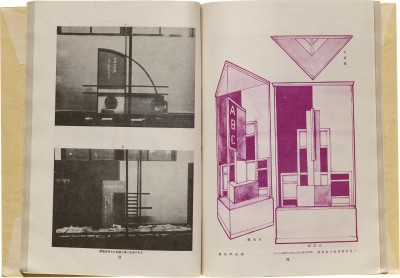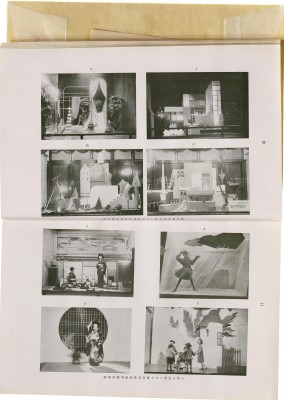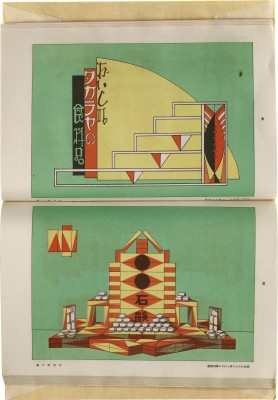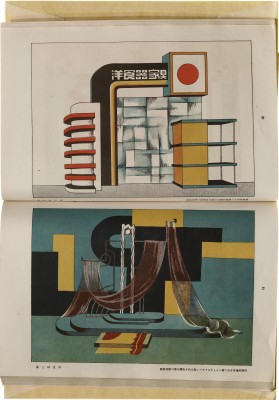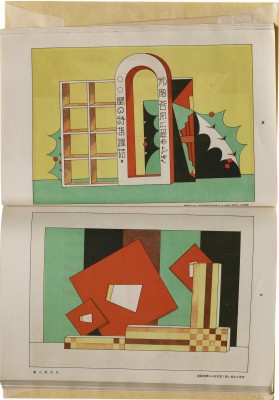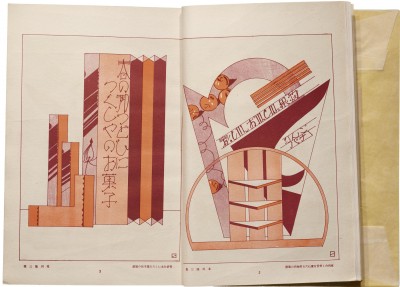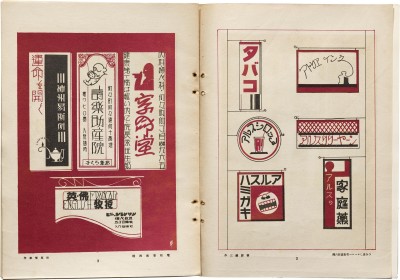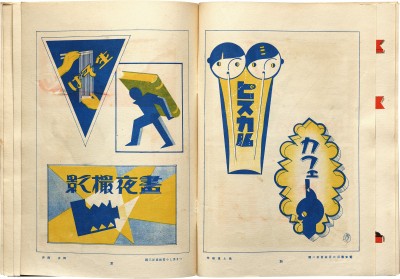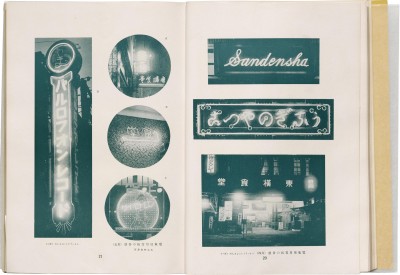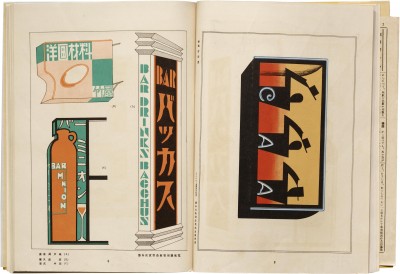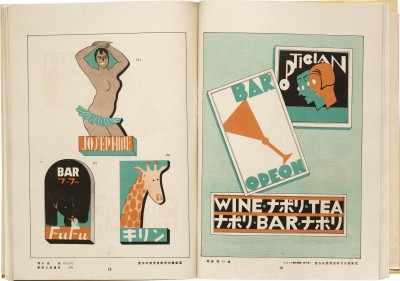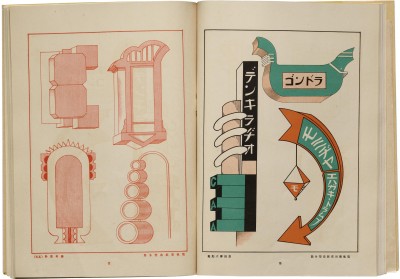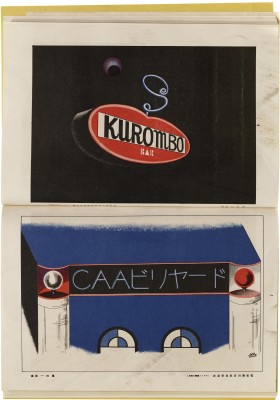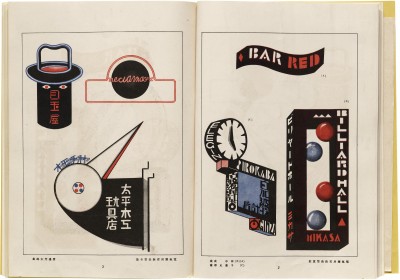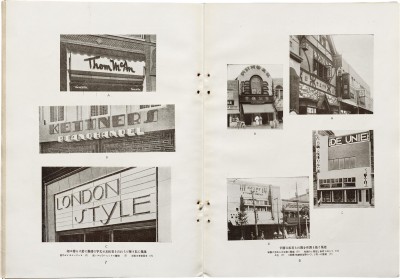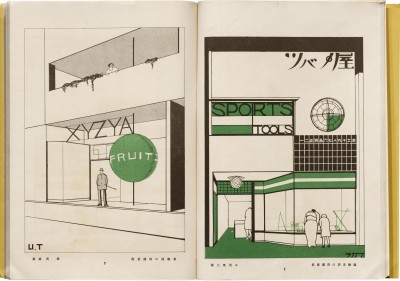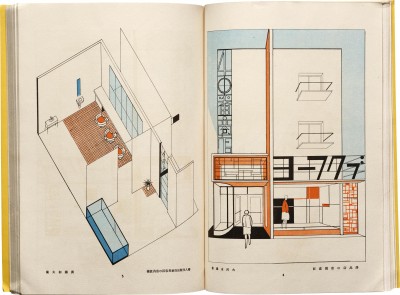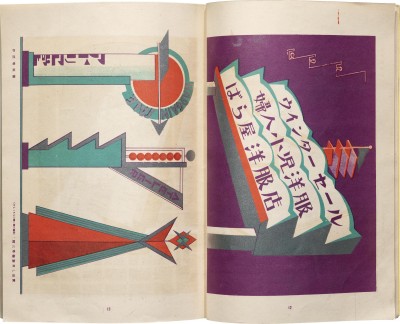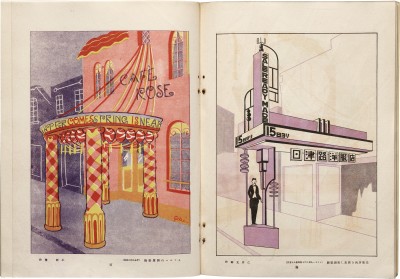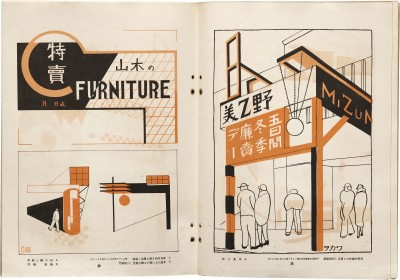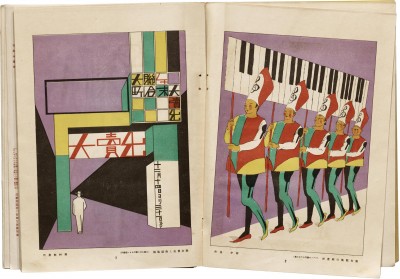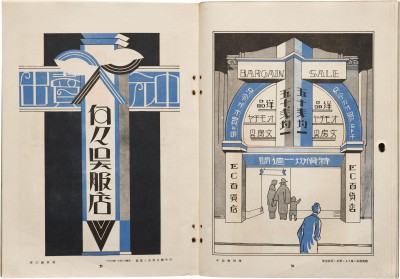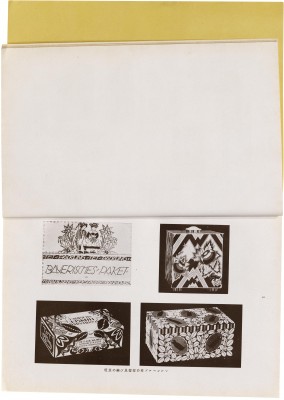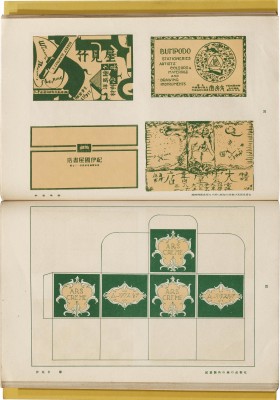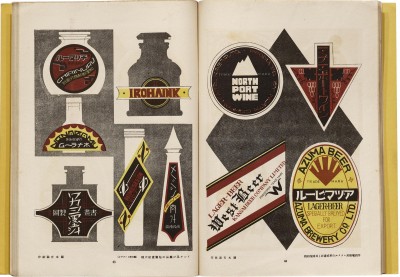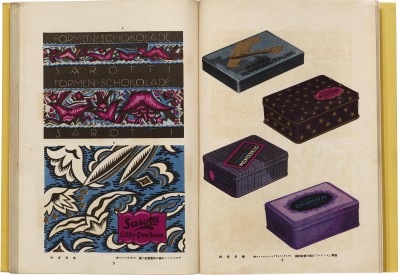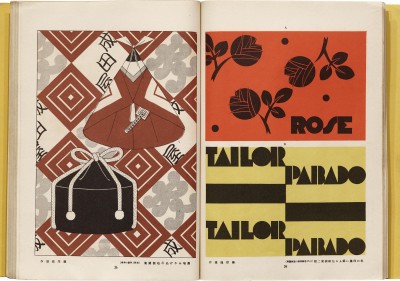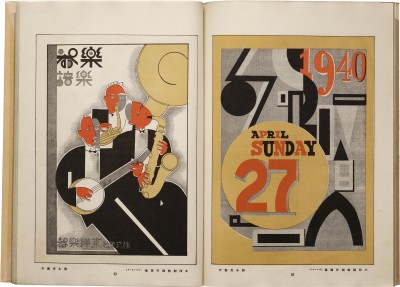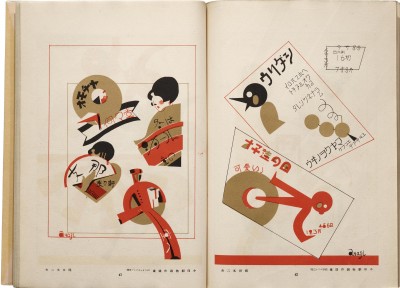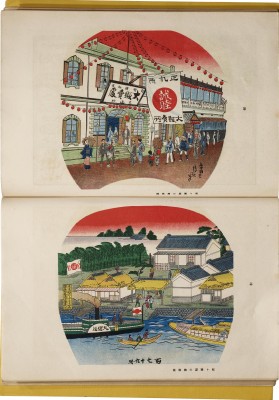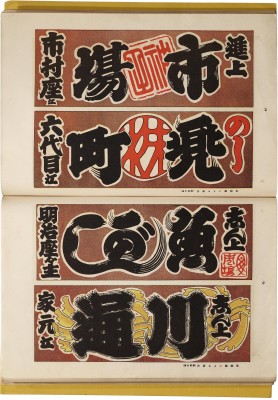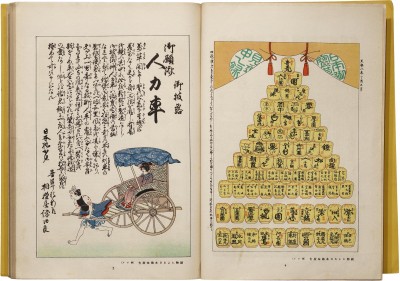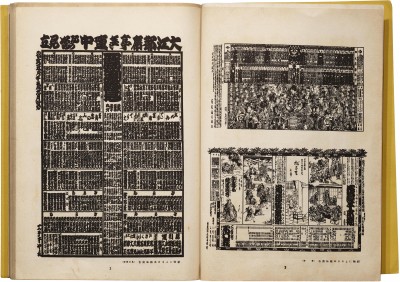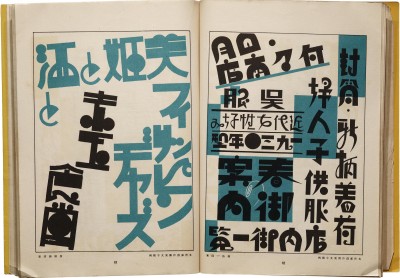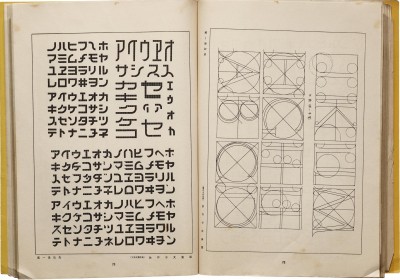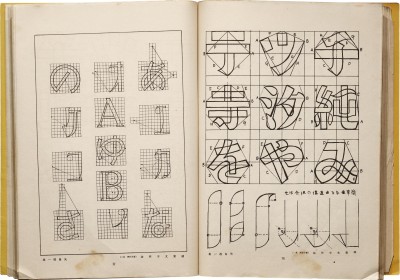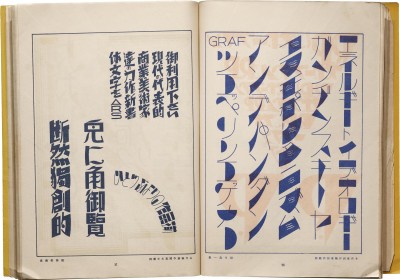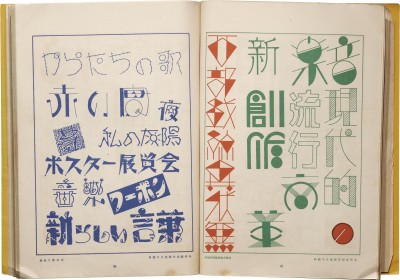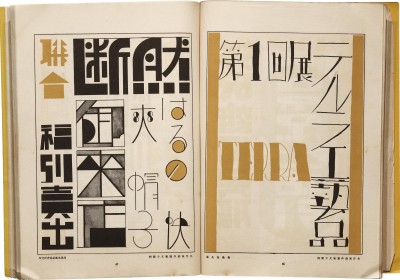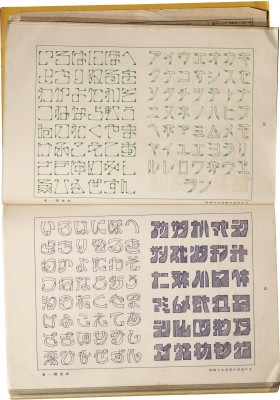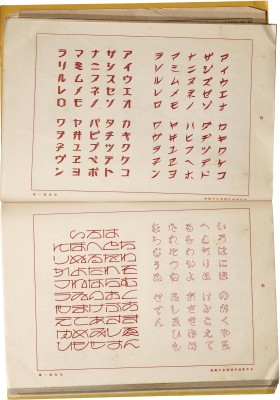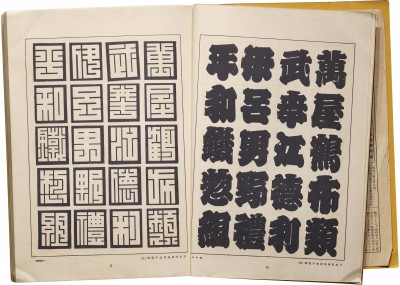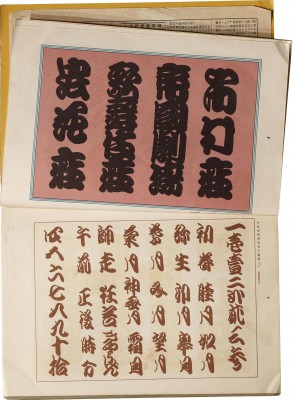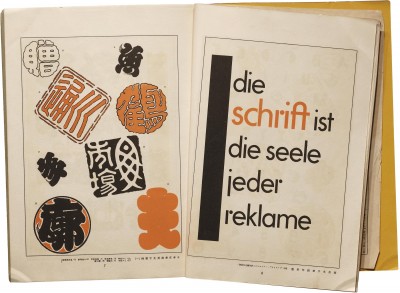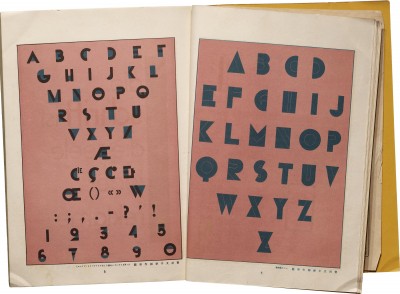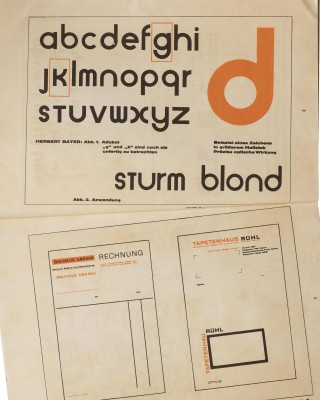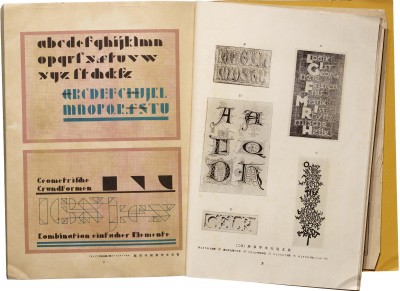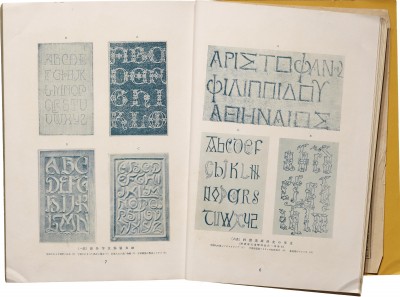News
From the Collection: The Complete Commercial Artist (現代商業美術全集)
A rare set of Japanese trade publications serves a visual feast of modern graphics and lettering, as well as a study of early-20th-century interactions between Japan and the West.
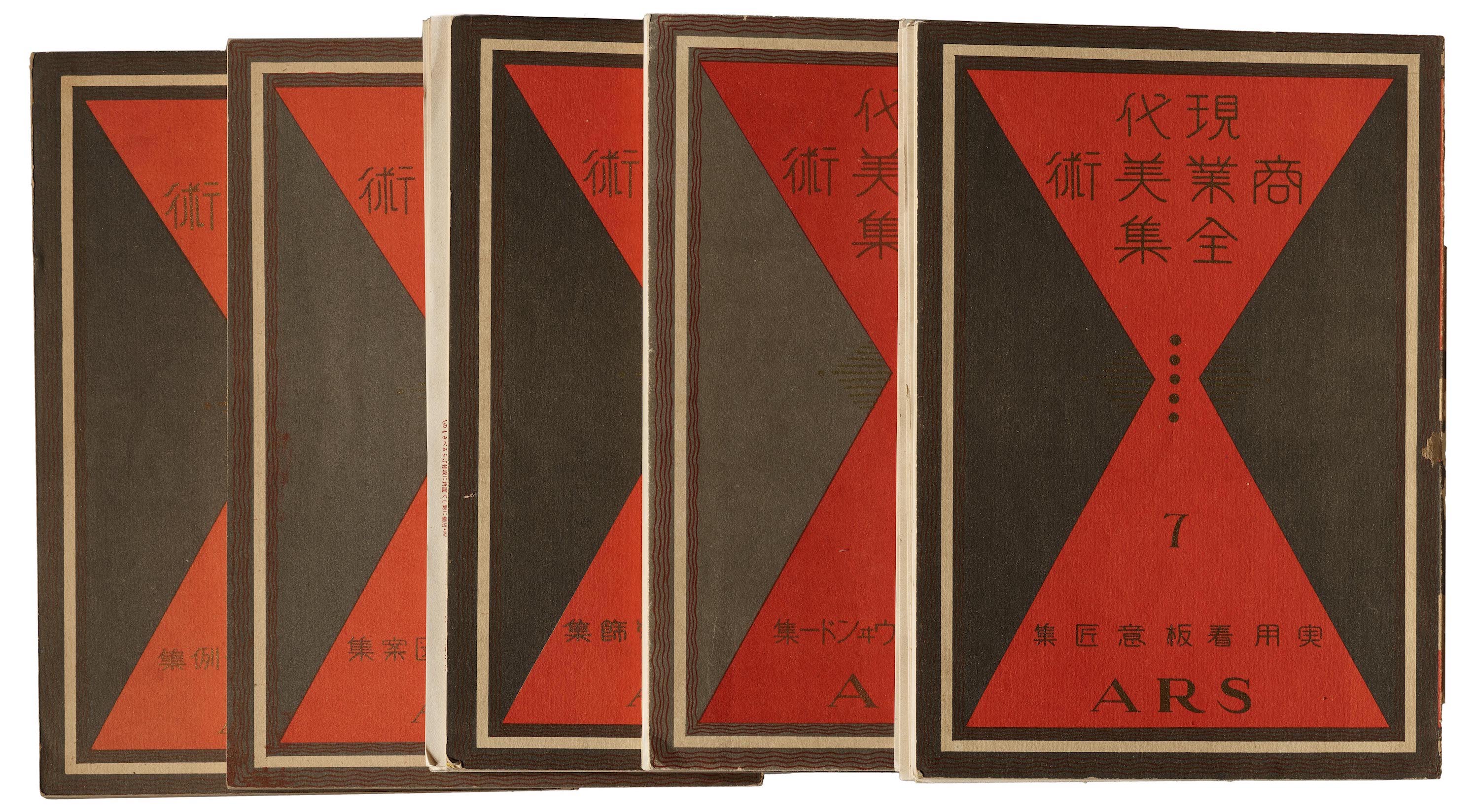
The early 20th century in Japan witnessed a collision of emerging and residual forces. Tensions between past, present, and future shaped typography, lettering, and other areas of design. Leading up to the Shōwa period (1926–89), as a result of the nation’s modernization and growth of commerce, businesses recognized the value of advertising to consumers in a visually appealing way.
The budding interest in creative advertising and the rise of commercial retail led to a 1920s–30s boom in design trade publishing to satisfy the growing demand for rich reference materials. In 1926, Hamada Masuji (濱田 増治) and a group of colleagues, including Sugiura Hisui, Watanabe Soshu, Nakada Sadanouke, and Miyashita Takao formed the Association of Commercial Artists. Together, with Hamada serving as the Editor-in-Chief, they published The Complete Commercial Artist, a 24-volume collection of trade publications on commercial design.
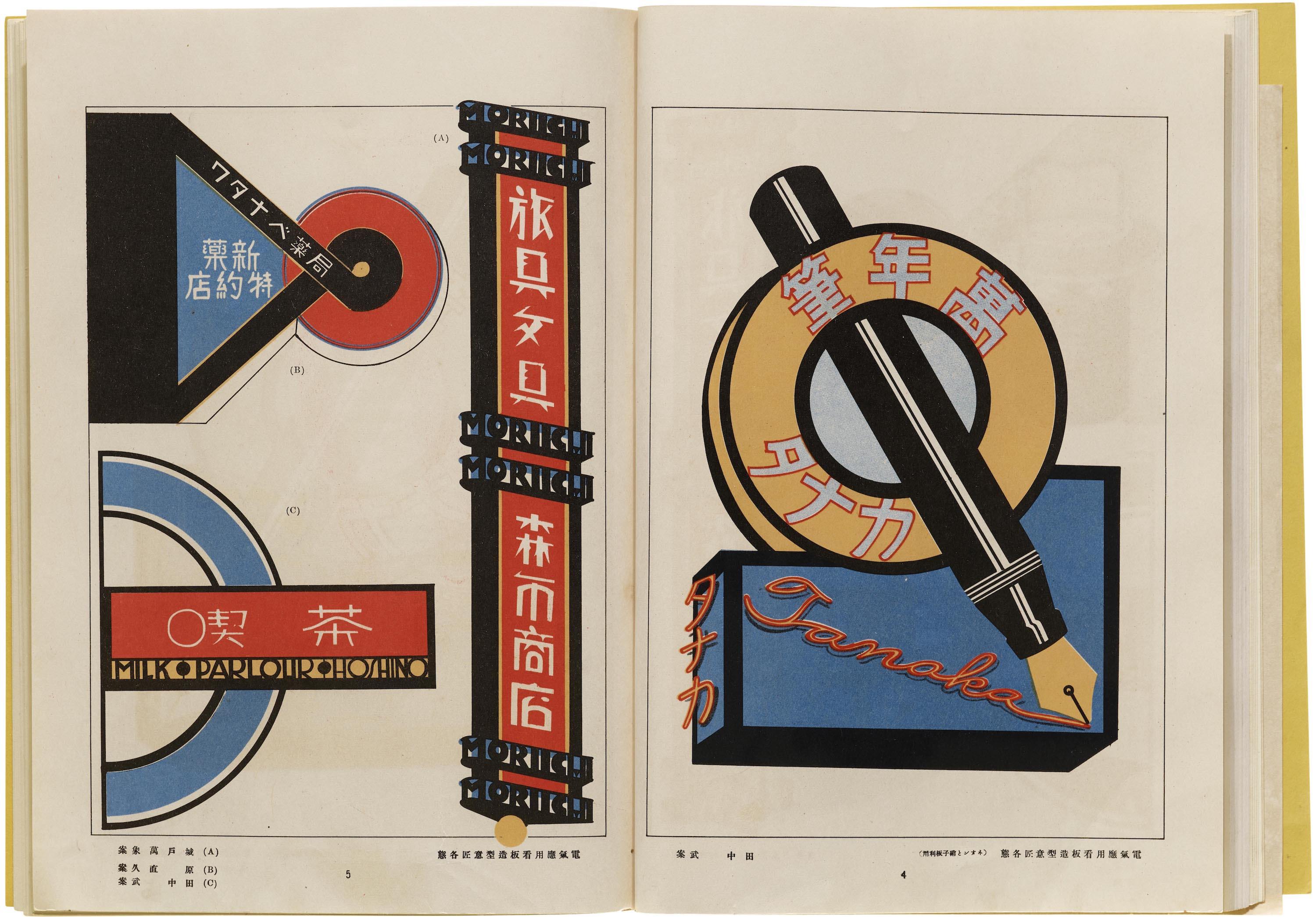
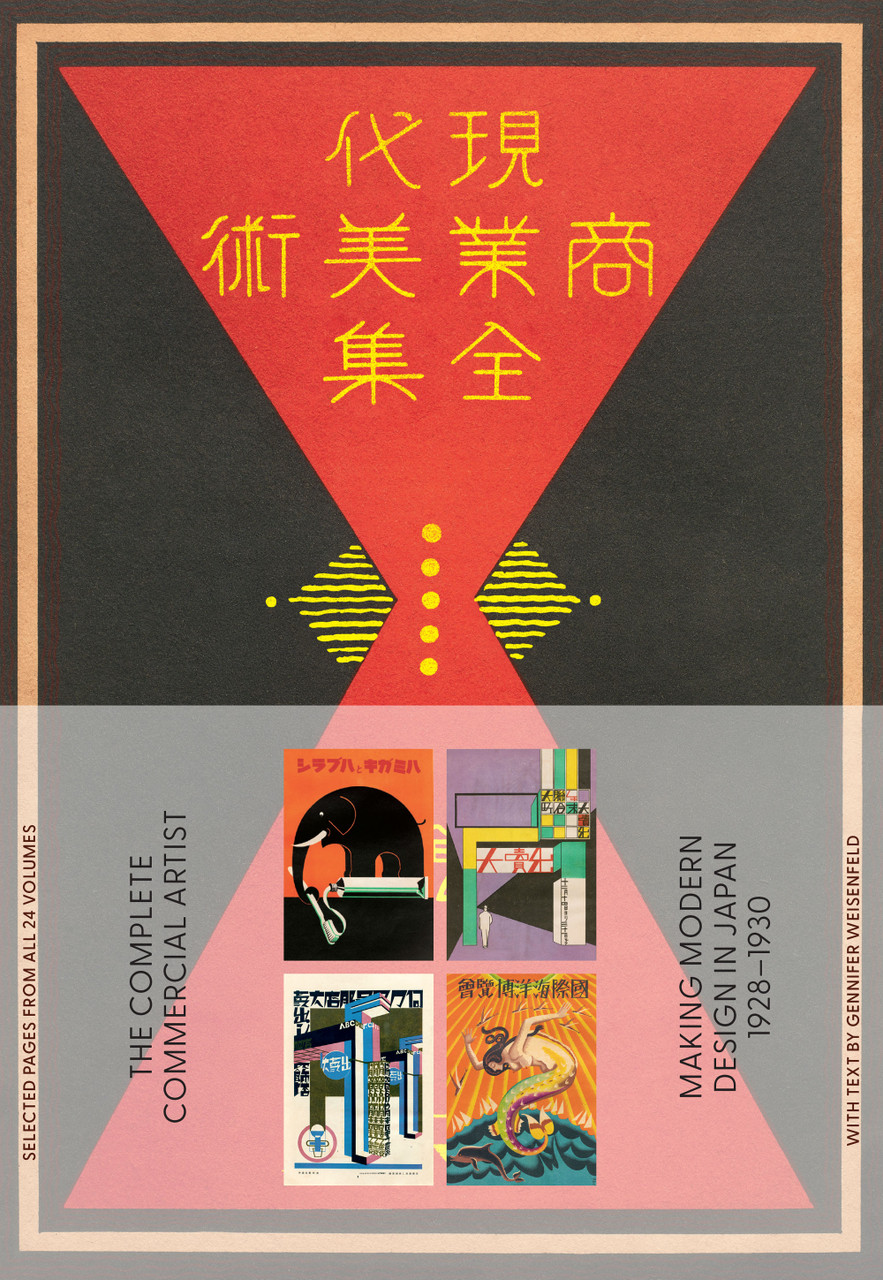
The Complete Commercial Artist: Making Modern Design in Japan, 1928–1930 by Gennifer Weisenfeld. Softcover, 10⅜ × 7⅞ inches, 432 pages.
Commercial Art
Published from June 1928 to September 1930, The Complete Commercial Artist documented how modernism was taking shape around the world, and how a growing community of commercial artists was interpreting it in Japan. The volumes are a visual feast of original design and lettering work, and its photographs from Japan and the West were a valuable resource for circulating current trends. Each volume featured a specific area of commercial art, from window displays and neon signs, to store exteriors, newspaper ads, and packaging.
Hamada became a pioneering design theorist with this endeavor, establishing design as a serious profession worthy of study. The volumes featured application of theories through illustrations, and in the written word with essays penned by three coalitions of Japanese designers: the Association of Commercial Artists, the Group of Seven (led by Sugiura) and the Osaka Association of Commercial Artists.
Selections from The Complete Commercial Artist, 1928–30
All images in this gallery are hi-fi captures. Click an image to enter fullscreen view, then pinch or use browser zoom to enlarge.
Lettering
One of the highlights from this publication charts changes in lettering styles. Up until the early 20th century, in both Japan and in the West, letterforms were often based on calligraphy and handwriting. In Edo Japan (1603–1868) the calligraphic letterforms used for advertising were known as Edomoji. The volumes document these traditional calligraphic forms, as well as continuing trends, like the flourished elements of Art Nouveau which was popular during the preceding Taisho era (1912–1926).
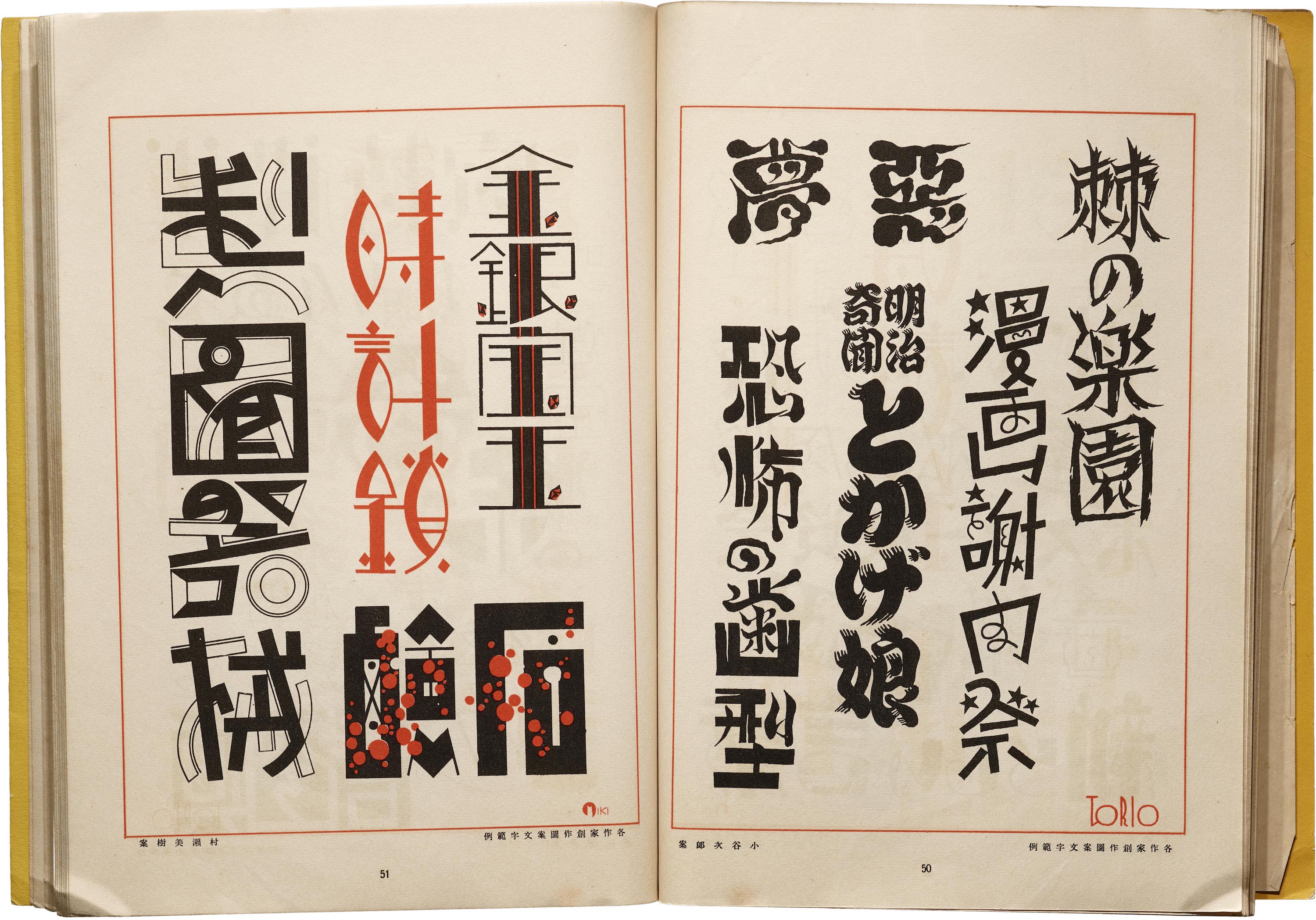
With influence and exposure to visual culture in the West, it’s fascinating to examine the ways that Japanese lettering artists were negotiating elements of Latin letterforms — which were based on entirely different sets of design and logic — to define a modern graphic identity for Japanese characters. Volume 15 is dedicated to lettering, with examples by Western designers such as Herbert Bayer, Paul Renner, Josef Albers, and A.M. Cassandre. In Japanese lettering examples, one can see how details like monolinear strokes, high contrast, and geometric shapes were applied to kanji, hiragana, and katakana.
Selections from The Complete Commercial Artist, Volume 15 案文字 (Design Letters), 1929
All images in this gallery are hi-fi captures. Click an image to enter fullscreen view, then pinch or use browser zoom to enlarge.
Much More to Explore
Each volume of The Complete Commercial Artist captures how old and new ideas were transformed and integrated: in the design of letterforms, in the rules of the Japanese writing system, and in typographic practices — altogether adding up to a visually rich period when Japan was beginning to define a modern graphic identity that was culturally and uniquely their own.
Earlier this month I spoke at ATyPI about the other changes in the Japanese writing system, typography, and lettering observed through The Complete Commercial Artist. Watch it below.
We also invite you to visit the Archive to dive deeper into this historical treasure trove of modern Japanese lettering and commercial art.
— Florence Fu, Editorial Associate

